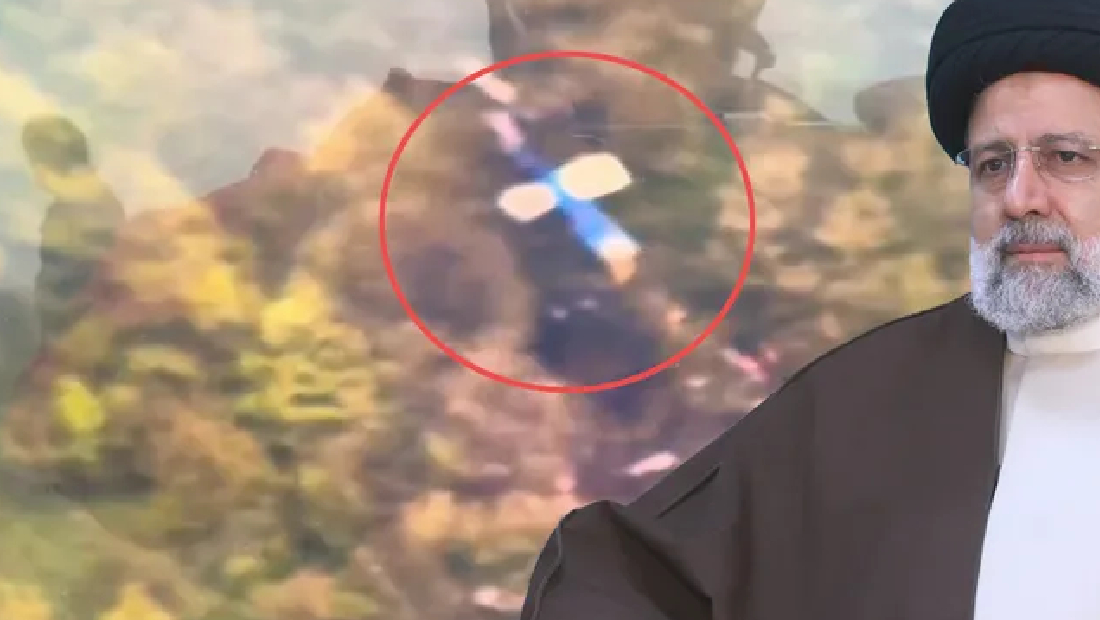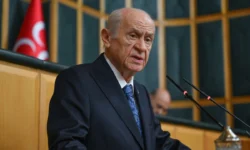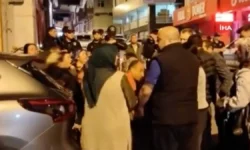A helicopter carrying Iranian President Ibrahim Reisi and accompanying senior government officials crashed in East Azerbaijan province, causing a major tragedy. In addition to President Reisi, Foreign Minister Hossein Amir Abdollahian, Governor of East Azerbaijan Province Malik Rahmati and Friday Imam of Tabriz Ayatollah Ali Hashem died in the accident. So, what happens after the death of a sitting president in Iran?
Details of the Accident
The helicopter crash occurred on the way back from a dam opening ceremony in East Azerbaijan province. The helicopter made a hard landing in the area where weather conditions were effective and its wreckage was reached in the morning. Despite the intensive efforts of the Iranian Red Crescent and search and rescue teams, all passengers on board were confirmed dead.
According to Article 131 of the Constitution of the Islamic Republic of Iran, in the event of the death of the president, the First Vice President (currently Mohammad Mohammad Mokhbir) temporarily assumes the presidency. However, this appointment is subject to the approval of Iran’s Supreme Leader Ali Khamenei.
A council comprising the First Deputy, the Speaker of the Majlis and the Head of the Judiciary then decides to organize elections for a new president within a maximum of 50 days.
A statement from the US State Department said officials were closely monitoring the crash and the situation in Iran. In addition to Iran, Turkey also supported the search and rescue efforts. AFAD announced that 32 mountaineer search and rescue personnel and 6 vehicles were deployed to the region.
Who is Iranian President Ibrahim Reisi?
Born in 1960 in Mashhad, Iran, Ibrahim Reisi was raised as a cleric and participated in demonstrations against Shah Reza Pahlavi in 1979. In 2014, he was appointed attorney general and became President of Iran in 2021. As a young man, he is also known for his participation in the “death committee” that oversaw the execution of political prisoners.
Following his death, the country will begin the process of electing a new leader. Supreme Leader Khamenei’s role and influence in this process will be critical in determining the future of Iranian politics. Whether or not Reisi’s conservative policies will be continued by state organs under Khamenei’s orders will be shaped by the identity of the newly elected president.

















